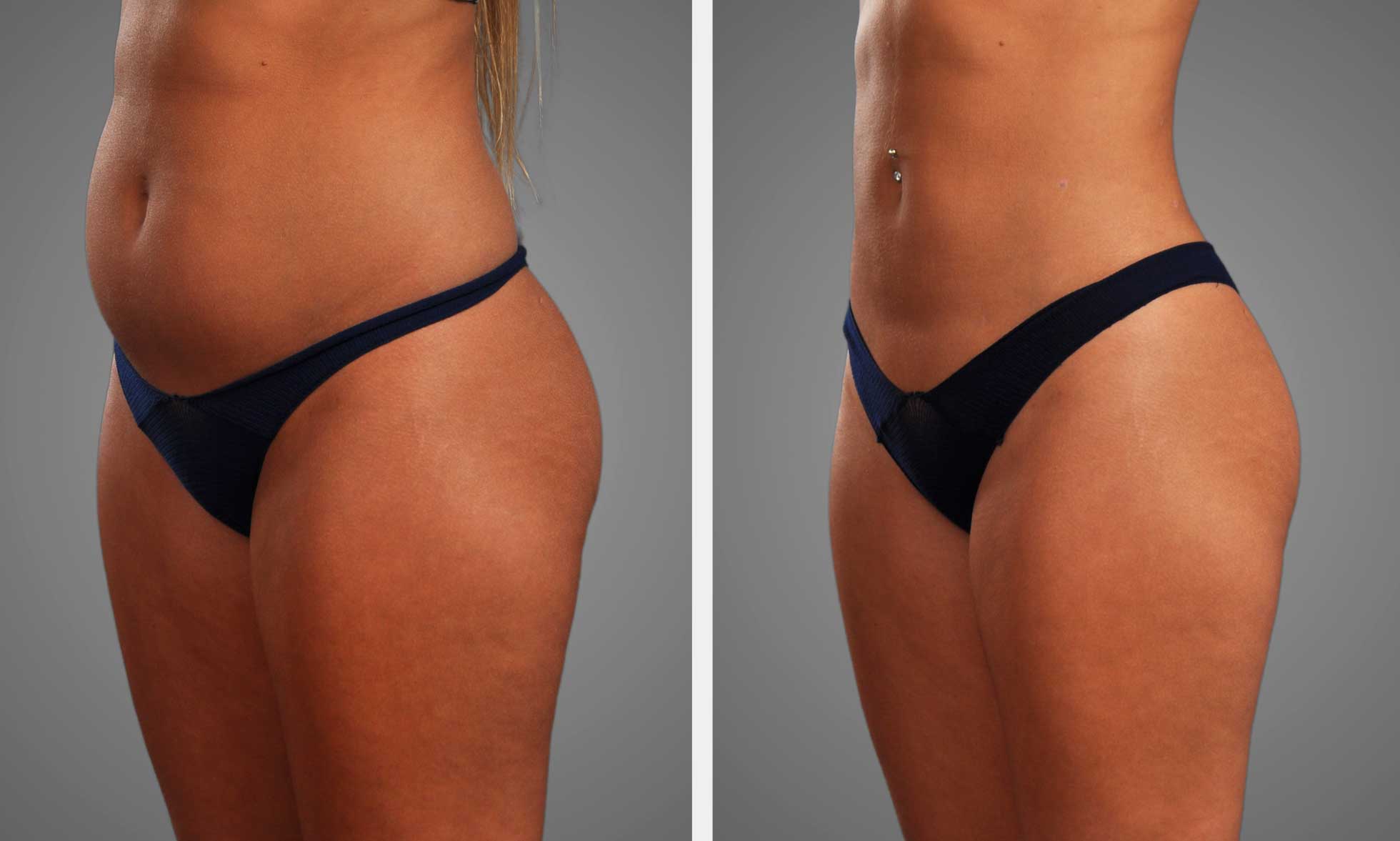
- Photos
- Videos
- Specials
- Testimonials
- Contact
- Body
- Face
- Skin
- Salmon Sperm DNA Therapy Scottsdale | PDRN Facial & Polynucleotides
- Clear + Brilliant
- Fraxel Skin Resurfacing
- Photofacial
- Morpheus8
- Micro Needling
- Chemical Peels
- HydraFacial Syndeo™ Phoenix & Scottsdale
- Dermaplaning Scottsdale & Phoenix | Exfoliation & Peach Fuzz Removal
- CO2LIFT Pro Scottsdale | Carboxytherapy Gel Mask for Face & Eyes
- Skin Analysis
- Laser Peel Scottsdale & Phoenix | Micro Laser Peel Skin Resurfacing
- Thermage Skin Tightening
- More
- Infini

